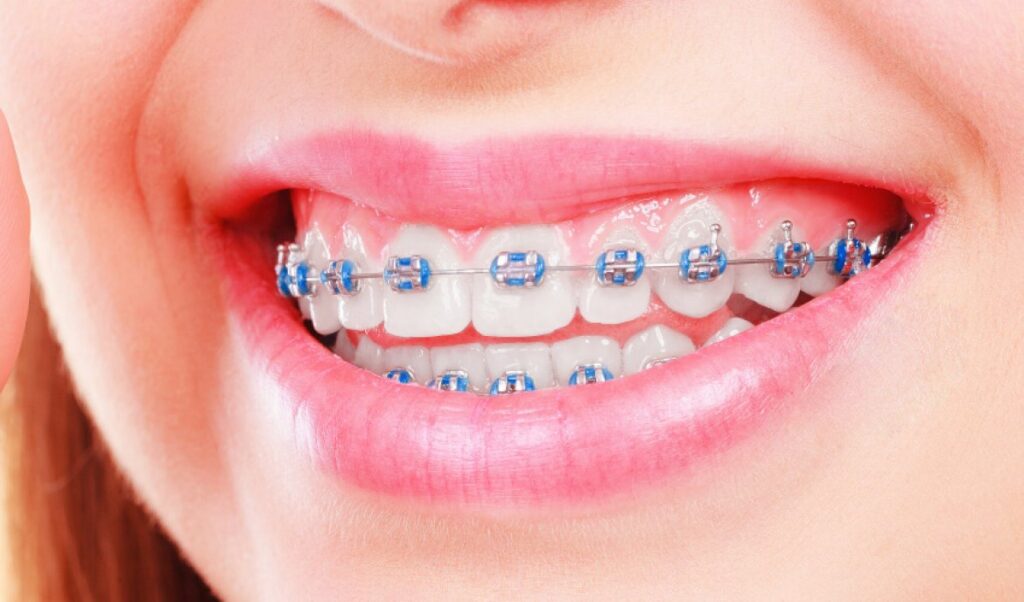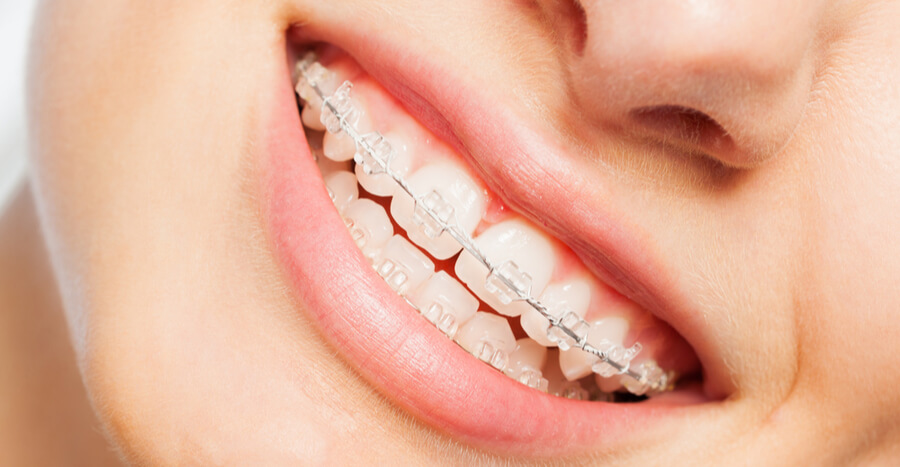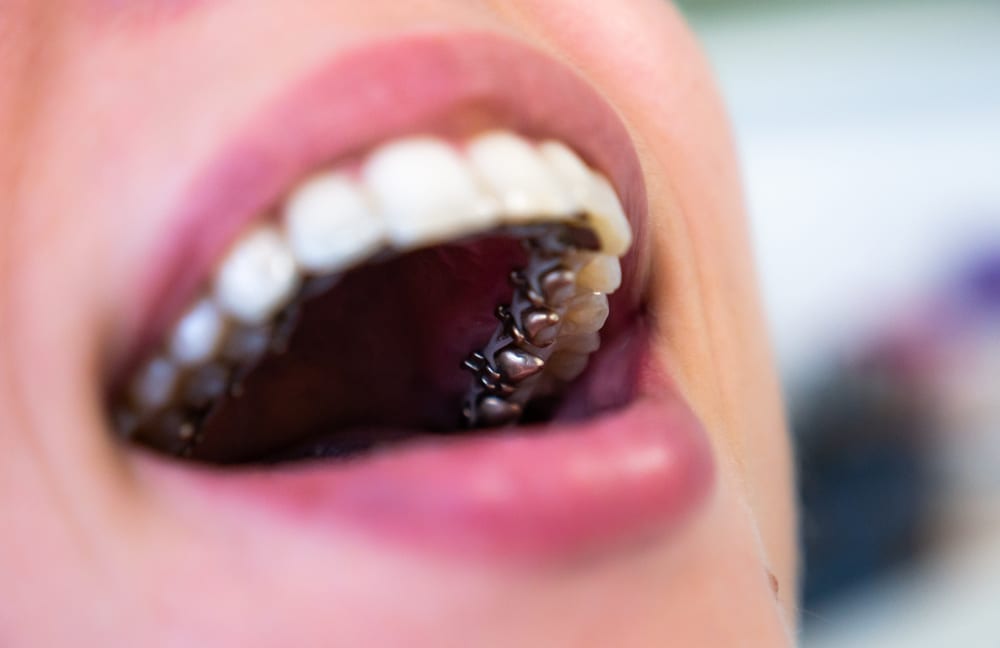

Braces VS Aligners
Many people that are thinking of receiving orthodontic treatment step in the office with one of two mindsets. Either they are ready to deal with a bit of discomfort and wear the dreaded “brace-face” or they have their fingers crossed that their orthodontist will prescribe clear aligners. The job of braces and clear aligners such as Invisalign is to straighten teeth which will improve your smile and oral health. While both tools have their pros and cons, there are 4 main factors that determine which treatment plan is right for you.
Diagnosis
The actual issue with your teeth is a huge factor in determining whether braces or clear aligners are the way to go. Braces or Invisalign is similar to comparing glasses vs contacts. The goal is to make sure your teeth are straightened and establish a healthy bite. Like any tool, both have advantages and disadvantages. For example, braces are better at correcting rotations while aligners are better at alignment. Braces are better at adjustments on the fly as the orthodontist can make corrections while you are in the chair whereas with aligners the movement needs to be ordered with a new set of aligners.
On the other hand, aligners are digitally prescribed which means every movement is custom designed for the patient so it excels at space management. At the end of the day, braces are merely a piece of metal and a wire and clear aligners are just a sheet of plastic. It is your orthodontist who uses these tools to correct your malocclusion. At Yang Orthodontics, all cases can be treated with invisalign. But just because it can be treated with Invisalign, doesn’t mean that it is always a recommended option. Some cases are treated better and faster with invisalign. Some cases, braces might be better. During your consultation, your orthodontist can discuss with you regarding pros and cons of both options and make a recommendation on what would work best for you.
Lifestyle & Diet
The treatment plan selected should reflect your lifestyle and diet. Some questions to ask yourself would be:
- Can I go many months without eating hard, sticky, crunchy and chewy foods such as: popcorn, nuts, gum, hard candy, pretzels, hard cookies and apples?
- Am I able to brush my teeth after every meal?
- Will I remember to take out and put back in my clear aligners when drinking any beverages that aren’t clear?
- Do I play rough, contact sports on a regular basis?
Depending on your answers to the questions above will determine whether braces or clear aligners are best. The effectiveness of clear aligners will depend primarily on your discipline to remember to take them off and on between meals and making sure you keep them in for at least 22 hours a day. Along with that, brushing your teeth before putting aligners in will avoid staining them and keep your smile looking white. With braces, there isn’t this type of hassle since they aren’t removable. On the flip side, with braces being a semi-permanent appliance, you must avoid an array of foods which you don’t have to worry about with clear aligners (as long as you take them out). With braces it’s also important to avoid rough sports such as wrestling and mixed martial arts as that puts you at an increased risk of damaging them.
Esthetics
Most people seek orthodontic treatment to improve their smile esthetics. Because a single orthodontic treatment takes multiple months, you want to make sure you feel good about yourself not just after the treatment, but during the treatment. If being discrete is important to you, you should consider Invisalign or lingual braces. If the esthetics of the appliance does not matter as much, metal braces are a good option. Here is a list of treatment options from the most visible to the most discrete: metal braces, ceramic braces, clear aligners, then lingual braces.
Comfort
Just like any other dental treatment, orthodontic treatments also involve some level of discomfort. This is because pressure must be applied on the tooth to move the teeth. Your teeth do not know if the pressure is coming from braces or clear aligners, so the teeth will move regardless of which appliance you choose. However, the discomfort of the orthodontic treatment is not always from tooth movement. Sometimes as the teeth move, the wire from the braces can slide to the back corner of the mouth and scratch the cheeks. Also the brackets used in braces are much thicker than the ones used in clear aligners because they need to accommodate for the wires. For these reasons, clear aligners are generally more comfortable than braces. If you are looking for a more comfortable treatment, and you are certain that you can wear the aligners all the time as prescribed, then clear aligners would be the recommended option.
Understanding the multiple factors that go into choosing the right orthodontic treatment along with the influence of your orthodontist will help you get a brand new smile as quickly as possible. If you are just thinking about starting the journey to a beautiful smile you can sign up for a free consultation with Yang Orthodontics and we will be able to answer any questions or concerns that you may have.




